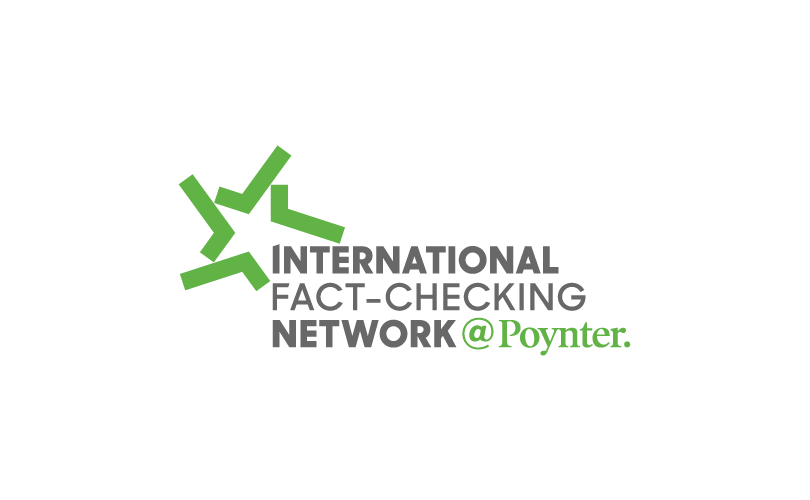McClatchy today reported operating at a 4.5 percent profit margin in the fourth quarter of 2015 and making considerable progress in building digital audience and advertising. But advertising revenues continue to deteriorate, down 11.7 percent year-to-year in total.
The culprit, not new but worsening, is that bricks-and-mortar stores have been losing sales to Amazon and other digital channels, as was evident in the holiday shopping season. That in turn has led to sharp declines in preprint insert advertising — 22 percent by volume year-to-year in McClatchy’s case. And retail advertising within the print paper suffers too.
McClatchy also has a substantial direct mail business, which was off 9 percent year-to-year.
CEO Pat Talamantes, in a conference call with analysts, declined to make a specific prediction for 2016 ad revenues, but said so far in the new year, “the trends are not very different — we’ve already seen headwinds coming from department stores.”
Print ads now account for only about a third of the the company’s total revenues, Talamantes said, but the big declines cannot yet be made up on the digital side.
With 29 papers, mostly in mid-sized cities, McClatchy is fairly typical of the industry. So I would look for similar print woes as Gannett, Tribune Publishing and New Media Investment Group report their results over the next several weeks.
On a more cheerful note, McClatchy was able to record a 1 percent year-to-year gain in the national category as digital growth more than covered the print decline.
The company has restructured and retrained sales teams in six of its largest markets and seen strong growth in mobile and native advertising as a result. It intends to roll out that program to all its markets in 2016.
Also, ad blocking has not proved to be as big a problem as some accounts had suggested. Digital chief Chris Hendricks said that only 5 to 7 percent of McClatchy’s digital audience uses the ad blockers, and that while the company monitors the situation, it has so far chosen not to employ countermeasures.
The company achieved profitability in part with strong expense control with costs down 9 percent compared to the 2014 quarter. Some of that was from staff reductions including in legacy newsrooms, but the bigger factor was using less newsprint, which also was cheaper last year than in 2014.
Debt is typically an issue for McClatchy. Of the $36.4 million it earned on an operating basis in the quarter, $20.2 million went to interest expense. It applied gains on sales of real estate and other assets to paying down its debt by $95 million over the course of the year.
Falling stock prices mean that the company’s pension plan now needs additional funding, which it plans to provide with more real estate transactions.
For the full year the company operated at a loss, though most of that came because it marked down the value of assets — a required accounting adjustment that does not affect operations.
McClatchy stock, which has been trading for slightly less than $1 a share for most of the last month, was down 5.2 percent for the day.







